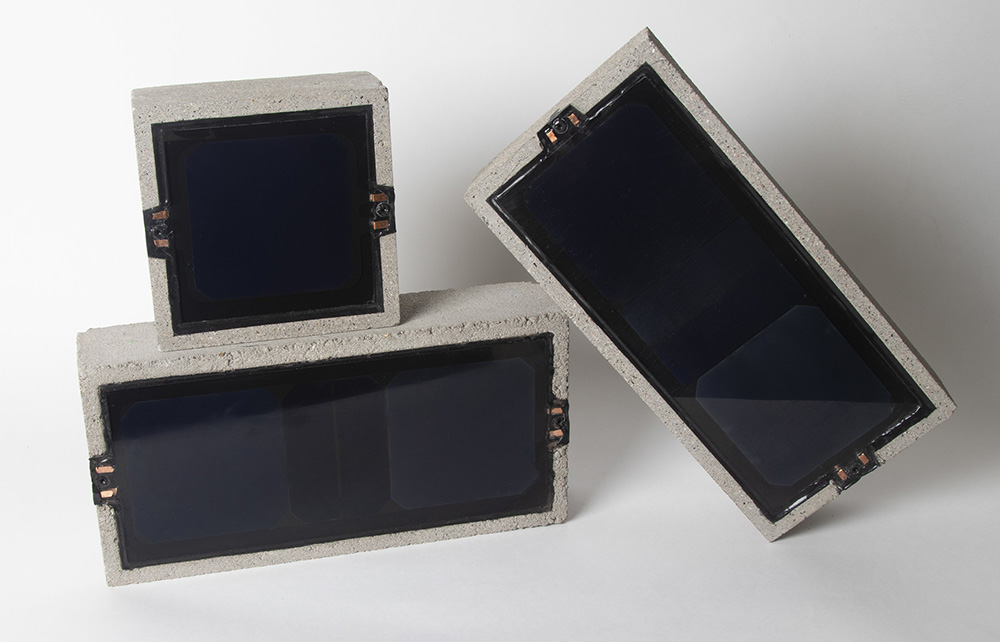The lowest cost energy choice for property owners: Think long-term when it comes to energy - by Scott Howe

Like any business, owners of commercial properties are constantly faced with choices regarding capital investment options that will improve a building’s value and reduce operating costs. Investing in energy systems can offer some of the most compelling business cases due to incentives offered by the federal and state governments. However, to take full advantage of those incentives they must consider the entire life of the asset, and solar energy systems are meant for 20+ years of operation.
The federal government offers tax benefits for solar energy assets that when monetized can pay for more than 45% of a solar energy system. In addition the Commonwealth is transitioning into a new incentive program, the Solar Massachusetts Renewable Target program (SMART) which is projected to start September 2018. The new program provides two significant benefits for building owners. First, the new incentive is calculated upon entering the program and paid out monthly at a fixed price by the local utility. This is by far the most “bankable” incentive offered to date to Massachusetts business owners because the “offtaker” is your local utility, considered by most banks and investors as an investment grade credit rating. Second, you no longer need to tie the system to the building’s energy load. A building owner can now take advantage of solar energy to produce revenue, even if the building uses a small amount of energy.
The SMART program will allow property owners to look at asset investments in terms of IRR instead of ROI, which is a more holistic assessment looking at capital costs and energy savings over the life of the project. Another measure, what one pays for energy over the life cycle of the project, is the levelized cost of energy (LCOE). LCOE factors in capital expenses and projected energy savings to give an “apples to apples” comparison of different energy options.
For example, a typical property owner today pays anywhere from $.13 to $.23 per kWh to their local utility, plus fixed and demand charges (which are measured and billed per KW). A solar energy system, including the costs of the system, would likely be closer to $.01/KwH; in some cases, the number may even be negative, meaning the customer is being paid for every kWh produced! Let’s take a simple example. If you use on average 25,000 kWhs per month at $.15 per kWh, your energy cost for year one is $45,000, and is $900,000 over twenty years assuming no escalation! The same solar energy system with a LCOE of $.01 per kWh will cost only $3000 for year one, and $60,000 over twenty years. Is there a better long term hedge against rising energy costs?
The new SMART program is great news for property owners who are looking to lower their energy costs and enhance the value of their assets. More predictability, lower risk, investment grade customers all combine to make solar energy systems under the new SMART program an attractive investment option for building owners, and a long term hedge against rising energy costs. If you are considering building enhancements, a qualified solar energy company can help you explore your options and walk you through the analysis for your specific situation. With the ability to enhance your property’s value, generate additional revenue and lower energy costs, it’s probably worth a look.
Scott Howe is a partner and senior vice president at Solect Energy in Hopkinton, Mass.
Bridgeport implements energy efficiency plan with utility partners and regional business council





